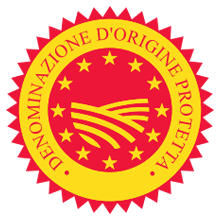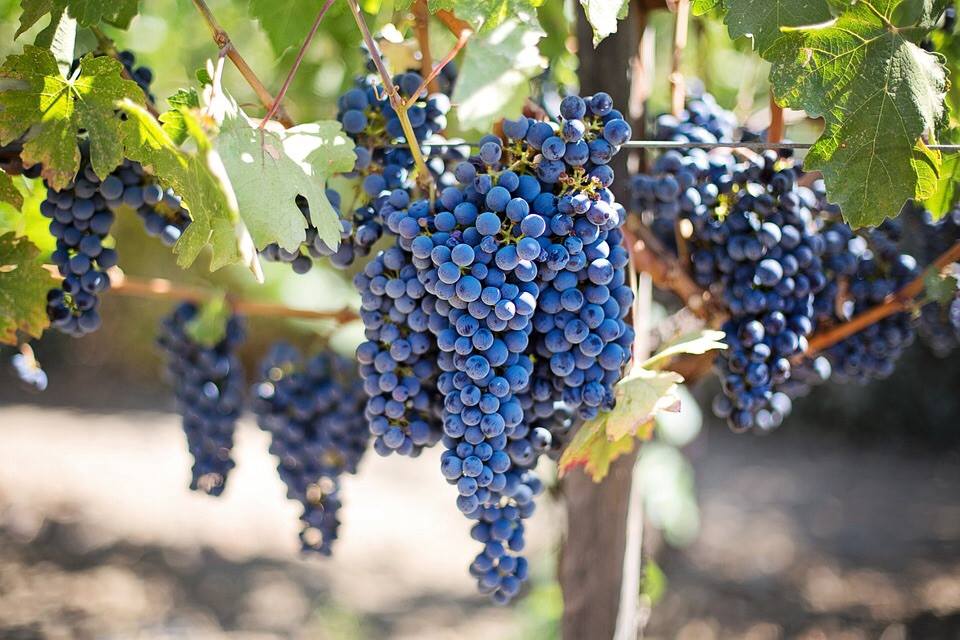Ormeasco di Pornassio



Ormeasco di Pornassio


The Ormeasco di Pornassio, with its deep ruby red colour, presents a complex and full-bodied profile, with aromas of ripe fruit and flowers, and a light spiciness. On the palate, it concludes with a typical dry and slightly bitter finish. It pairs well with agnolotti with meat sauce and polenta with sausage when young, and with braised rabbit and soft cheeses when aged. There is also Pornassio or Ormeasco di Pornassio Sciac-trà, which involves vinification with limited skin contact, resulting in its characteristic coral pink colour. The Superiore, with at least 12.50% alcohol, requires a minimum of 12 months of aging, including at least 4 months in oak or chestnut barrels. The passito and passito liquoroso are made from grapes dried on the vine or on racks, and also require at least 12 months of aging, including at least 4 months in oak or chestnut barrels.
Insights
A dry red wine, it pairs well with, when young, agnolotti with meat sauce, polenta with sausage, and pork stew. When aged and of superior quality, it complements dishes such as stuffed pigeon, braised rabbit, Ligurian-style rabbit, skewers (meat and mushroom kebabs), wood pigeons with bacon, and soft cheeses.
Features
Historically, the settlement of Ormeasco is attributed to the Clavesana marquises (14th century) in the area of Ormea (at the border with the Valle Arroscia), from which it takes its name and from where it is said to have spread into Piedmont under the synonym "Dolcetto." According to other sources, however, it originated in Piedmont and evolved over time as a clone of the same "Dolcetto," eventually spreading into Liguria.
How it's made
It is produced in the territory of 13 municipalities in the province of Imperia, primarily in the Valle Arroscia and Valle Argentina. The wine is made almost exclusively from Ormeasco or Dolcetto grapes (minimum 95%). The winemaking operations, including mandatory aging, mandatory bottle maturation, alcohol enrichment, fortification of fortified wines, and drying of the grapes, must be carried out within the territory of the municipalities in the production area.
Experience a journey through ligurian flavours
- Recipes
- Itineraries
- Experiences



